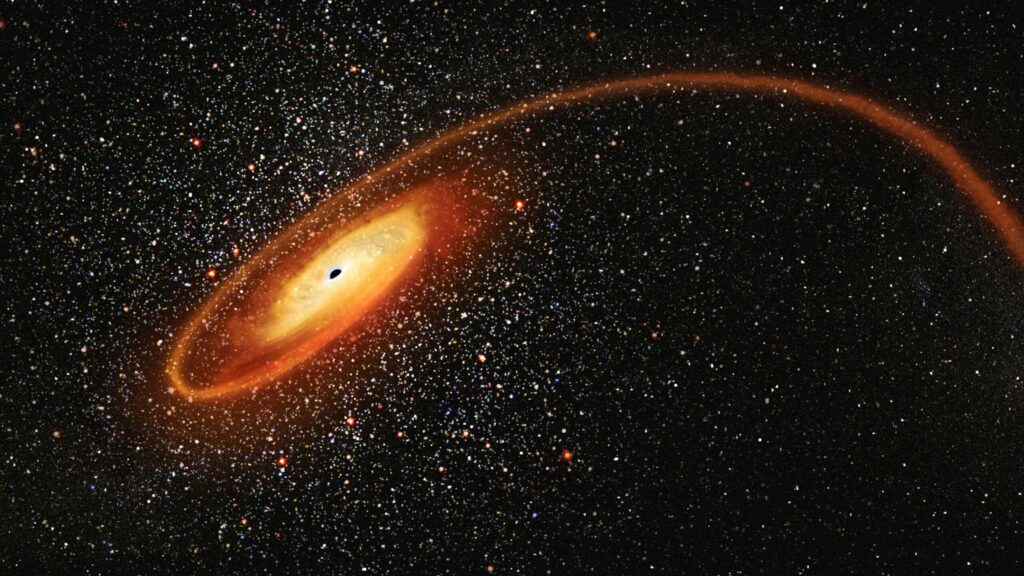
In a recent discussion on the Science Segment of Drive with Bec, Matt Woods from the Perth Observatory shared two groundbreaking astronomical discoveries that are reshaping our understanding of the universe. From an interstellar comet making a fleeting visit through our solar system to a record-breaking black hole merger, these cosmic events are capturing the attention of astronomers worldwide.
A Cosmic Drive-By: Interstellar Comet 3I/ATLAS
Astronomers have identified a new interstellar comet named 3I/ATLAS, marking only the third such object ever observed. Unlike typical comets that originate within our solar system, interstellar comets like 3I/ATLAS are transient visitors from distant star systems. This particular comet is on a brief journey through our cosmic neighborhood before it continues its voyage into the depths of space.
Matt Woods humorously described the comet’s visit as akin to “a visitor doing a fly-by, taking a few photos, and posting them to interstellar Facebook.” What makes 3I/ATLAS especially intriguing is its unique chemical composition. Spectroscopic analysis reveals a deep red hue, indicating a rich presence of organic molecules and prolonged exposure to cosmic rays over billions of years.
Adding to its mystique, 3I/ATLAS is traveling at an astonishing speed of 57 kilometers per second. To put this into perspective, it could traverse the distance from Perth’s Central Business District to the Observatory, approximately 36 kilometers, in just over half a second.
Black Hole Merger Breaks Records
Meanwhile, in the distant reaches of the universe, a monumental black hole merger has been detected, setting new records in the field of astrophysics. This event, identified as GW231123, was observed by a network of observatories including LIGO, Virgo, and KAGRA. It involved the merging of two massive black holes, one with a mass 103 times that of our Sun and another with 137 solar masses, culminating in a new black hole of 225 solar masses.
15 solar masses worth of energy was released in the form of gravitational waves and X-rays—rippling across the cosmos and detected here on Earth by specialized instruments.
Matt Woods explained, “Gravitational waves cause space itself to stretch and compress. You won’t feel it, but our detectors absolutely can.” This merger not only breaks previous records but also challenges existing models of black hole formation. Under current theories, stars of such size should explode completely, not leave behind black holes. Scientists are now investigating whether this phenomenon could result from multiple generations of black hole mergers or perhaps something more exotic.
What’s Next?
The announcement of these discoveries coincides with the imminent launch of the Rubin Observatory, a facility poised to revolutionize our exploration of the cosmos. The observatory is expected to capture 15 terabytes of sky images every night, ushering in a golden age of space discovery.
“We estimate there are around 10,000 interstellar objects inside Neptune’s orbit at any given time,” Matt shared. “With the Rubin Observatory, we’ll be able to find and study more of them than ever before.”
As we stand on the brink of unprecedented astronomical exploration, the universe continues to surprise and challenge us with its mysteries. Whether it’s ancient comets or enigmatic black holes, these discoveries remind us of the vastness and complexity of the cosmos. Thanks to experts like Matt Woods, we gain valuable insights into these celestial phenomena, helping us make sense of what lies beyond our world.
For more stories from the stars, stay tuned to Bec & Asa for their Science Segment, and explore further at perthobservatory.com.au.







